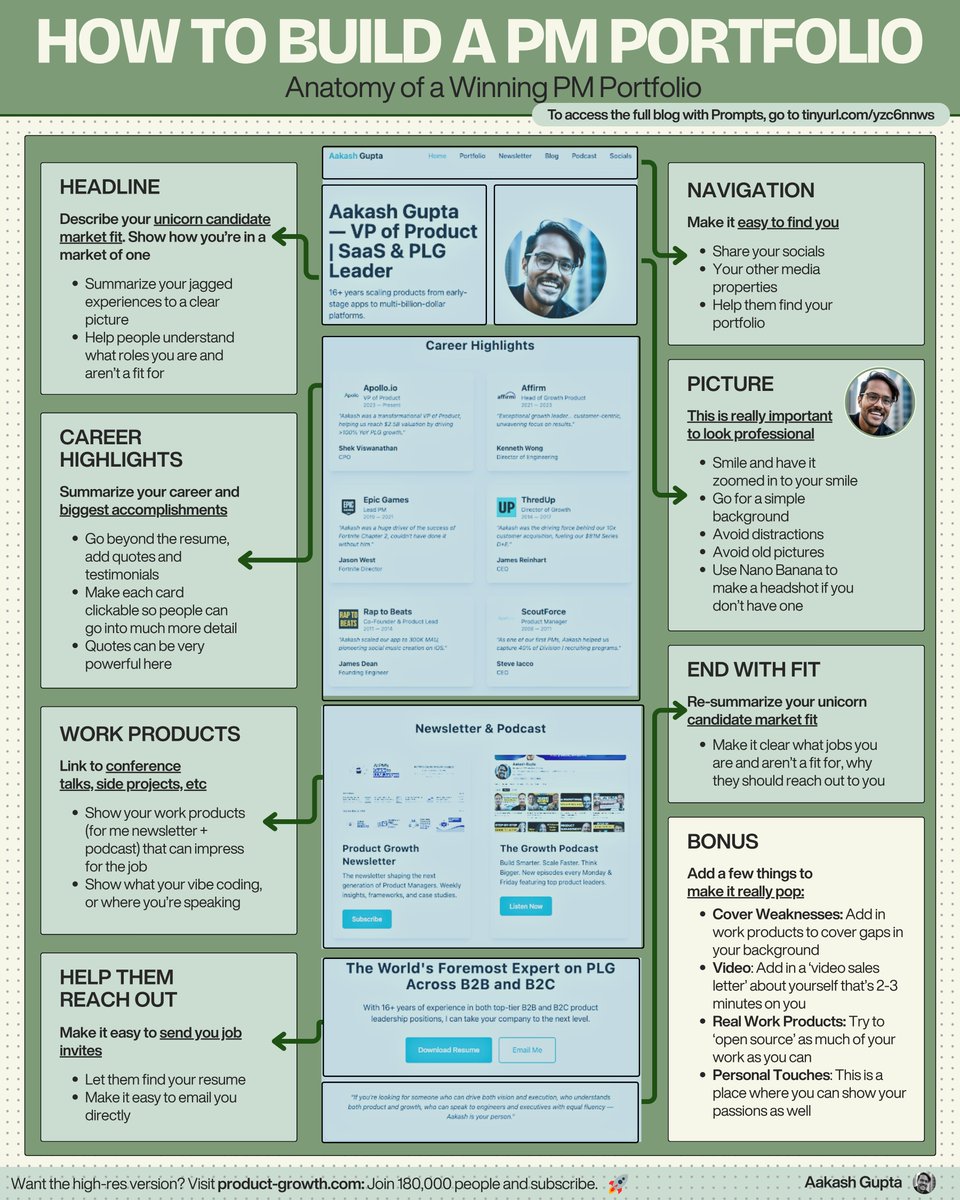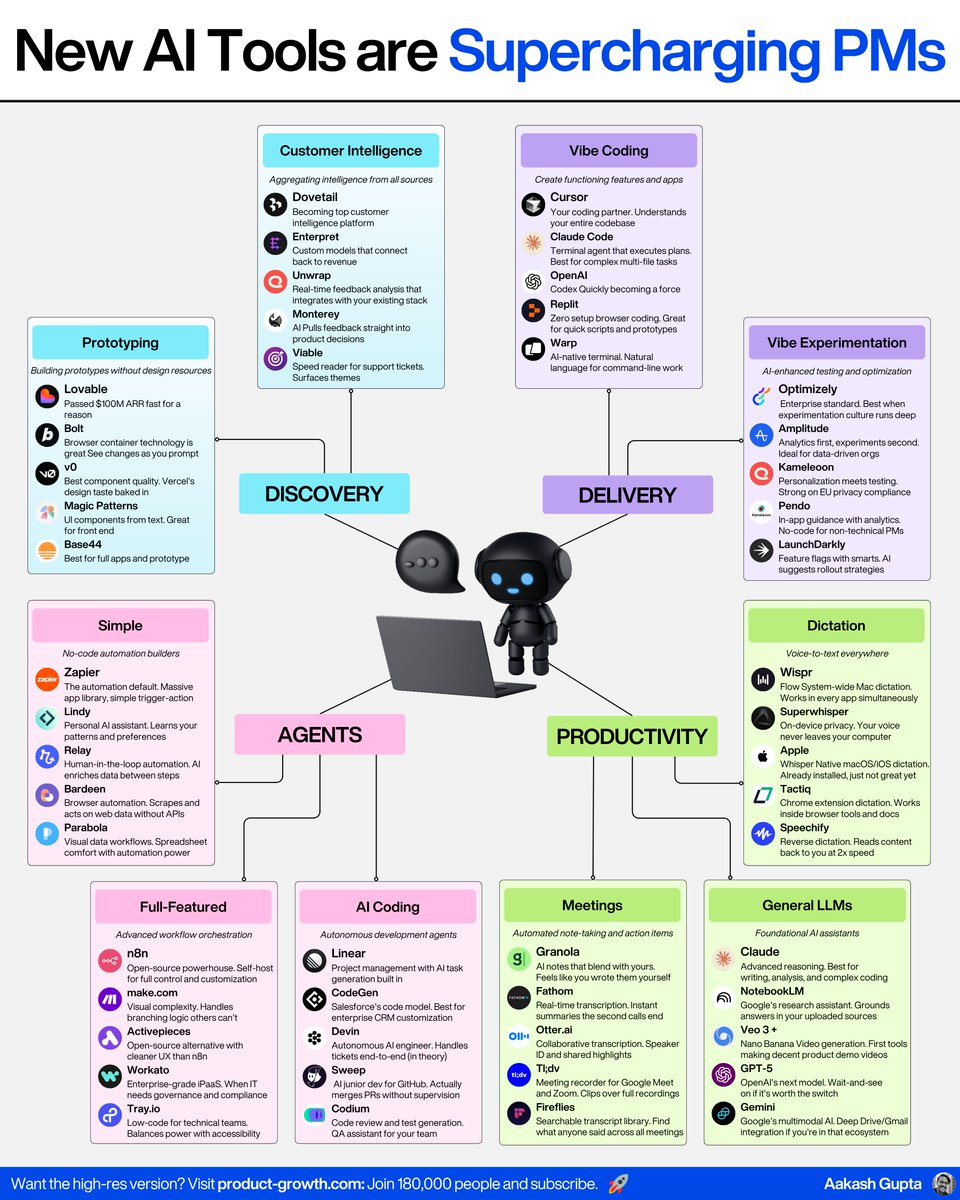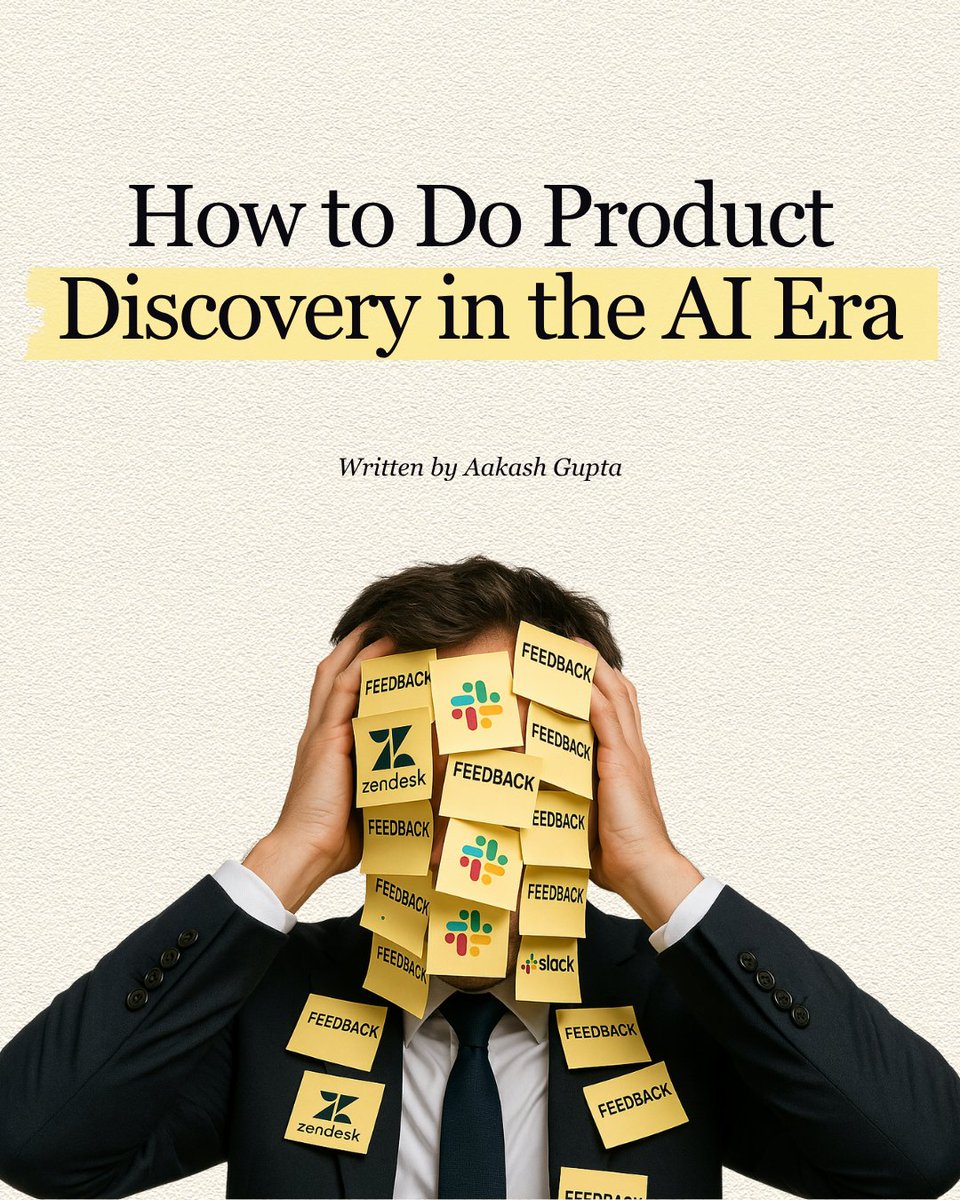I first saw this concept from Yuhki Yamashita (@yuhkiyam), CPO of Figma, in 2020.
Well before the current AI boom.
It's driven by 3 key trends:
(Video: @productschool)
Well before the current AI boom.
It's driven by 3 key trends:
(Video: @productschool)
1. Engineers are taking an active role in the problem space
It's just a pre-requisite for engineering success these days.
Promotion committees don't just ask, how big was the feature, or important the technical innovation.
They ask: how big was the impact?
It's just a pre-requisite for engineering success these days.
Promotion committees don't just ask, how big was the feature, or important the technical innovation.
They ask: how big was the impact?
2. Designers are taking an active role in the business
More than ever, designers are learning and building for metrics.
In a world where OKRs rule the roost, the incentive is natural.
They can't just outsource to a PM fully vetting the business space.
More than ever, designers are learning and building for metrics.
In a world where OKRs rule the roost, the incentive is natural.
They can't just outsource to a PM fully vetting the business space.
3. PMs are learning design and tech drive performance
The little details of how you design a product and the technical decisions you make determine whether it's successful.
Both product leaders and product managers are realizing they have to get into the details.
The little details of how you design a product and the technical decisions you make determine whether it's successful.
Both product leaders and product managers are realizing they have to get into the details.
4. Finally, yes, AI is accelerating the merge
Now:
• Companies are waiting to hire PMs
• Design engineer is the hottest thing on Twitter
• All disciplines continue to use AI to speed up their work
This will reduce time on finessing details & increase time on the why.
Now:
• Companies are waiting to hire PMs
• Design engineer is the hottest thing on Twitter
• All disciplines continue to use AI to speed up their work
This will reduce time on finessing details & increase time on the why.
Putting all this together... It seems undeniable the roles have started to merge on the edges.
But, the core responsibilities remain differentiated.
So, in this increasingly overlapped world, how you work with your sister functions becomes a differentiator.
But, the core responsibilities remain differentiated.
So, in this increasingly overlapped world, how you work with your sister functions becomes a differentiator.
Those who:
• Lead with empowerment
• Collaborate with empathy
• Blend roles, but don't step on toes
Will be the one's leading us into this new era.
• Lead with empowerment
• Collaborate with empathy
• Blend roles, but don't step on toes
Will be the one's leading us into this new era.
So, as a PM, how do you handle these blurry edges with design?
I interviewed 15 folks to help you out with all the tactics, strategies, and conversation starters you need:
🔗 news.aakashg.com/p/how-to-pair-…

I interviewed 15 folks to help you out with all the tactics, strategies, and conversation starters you need:
🔗 news.aakashg.com/p/how-to-pair-…

• • •
Missing some Tweet in this thread? You can try to
force a refresh













